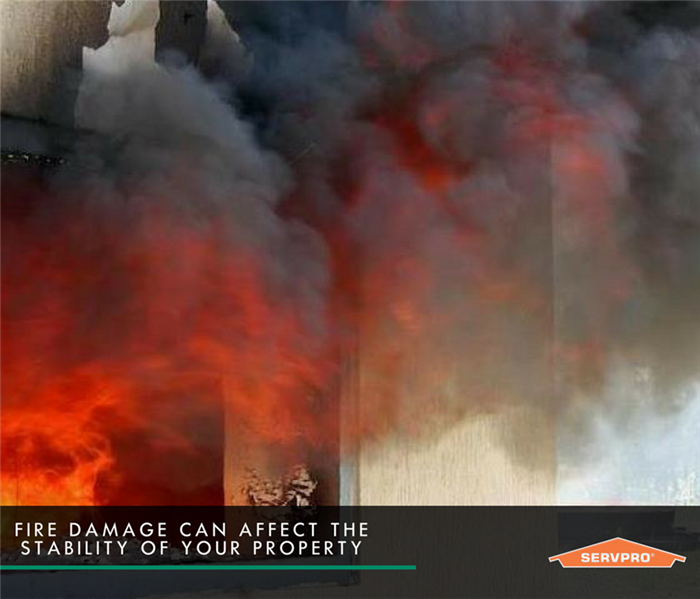Understanding the Different Types of Smoke Damage
8/21/2017 (Permalink)
 Knowing the different types of smoke and their behavior patterns are vital to proper cleanup and restoration.
Knowing the different types of smoke and their behavior patterns are vital to proper cleanup and restoration.
After the fire truck leaves, your Lafayette home likely suffers from a serious smoke and soot damage. Smoke damage can exist in many forms and each type can have different levels of impact on your property and require different method for restoration. Since smoke and soot is very invasive, they can penetrate into materials causing discoloration and odors, and can leave behind residue buildup. SERVPRO of Lafayette/Moraga/Orinda professionals are thoroughly trained in fire cleanup and restoration. Our technicians know the different types of smoke and their behavior patterns, which is vital to proper restoration.
Smoke and Soot Facts:
- Hot smoke migrates to cooler areas and upper levels of a structure.
- Smoke flows around plumbing systems, seeping through the holes used by pipes to go from floor to floor.
- The type of smoke may greatly affect the restoration process.
Different Types of Smoke
There are two different types of smoke–wet and dry. As a result, there are different types of soot residue after a fire. Before restoration begins, SERVPRO of Lafayette/Moraga/Orinda will test the soot to determine which type of smoke damage occurred. The cleaning procedures will then be based on the information identified during pretesting. Here is some additional information:
- Dry Smoke Residue– Dry smoke residue occurs during fast burning fires that burn at a high temperature. Dry smoke residue is generally dry, powdery, and does not smear much.
- Wet Smoke Residue-Wet smoke residue occurs from smoldering fires with low heat. Dry smoke residue is sticky with strong smoke odors. During cleaning, wet smoke residue can smear, making cleanup more difficult.
- Protein Residue– Protein residue is essentially invisible and it can discolor paints, varnishes, and other finishes. Although this residue is not very visible, it has a very strong smell.
- Fuel / Oil Residue– Fuel oil residue rarely comes from fires unless petroleum products were being stores on site. More commonly fuel and oil residue restoration comes from furnace puff backs that cause a fuel oil soot. This can be relatively sticky and difficult to clean.
- Other Types – Tear gas, fingerprinting powder and fire extinguisher residue.
Since each smoke and fire damage situation is a little different, each one requires a unique solution tailored for the specific conditions. We have the equipment, expertise, and experience to restore your fire and smoke damage. We will also treat your family with empathy and respect and your property with care.
Have Questions about Fire, Smoke, or Soot Damage? Call Us Today – (925) 299-1323.






 24/7 Emergency Service
24/7 Emergency Service